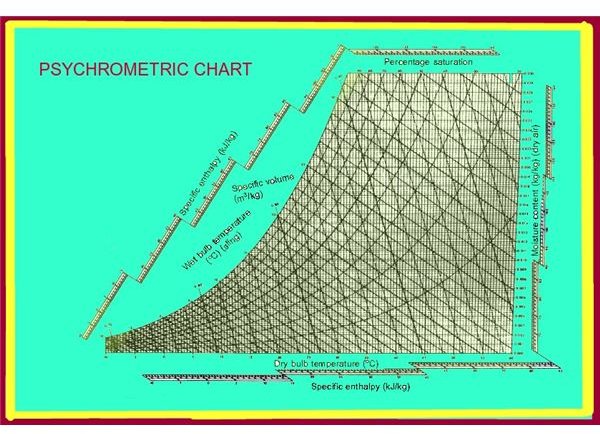The Basics of HVAC - HVAC for Beginners
Basic Need for HVAC
The objective of HVAC are to control the temperature of air inside the designated “Air Conditioned” space along with control of moisture, filtration of air and containment of air borne particles, supply of outside fresh air for control of oxygen and carbon dioxide levels in the air conditioned space, and finally control of the movement of air or draught. All these factors comprise of a successful HVAC system. Air conditioning has changed over the years from just cooling of a space to the effective control of all the above parameters.
HVAC has its history in 1851 when Dr. John Gorrie was granted a US patent for a refrigerating machine. Though refrigeration in that period was concerned with the preservation of frozen meat for transport and making of ice, gradually the concept of cooling for comfort arose. In 1902, the New York Stock Exchange was one of the first air conditioned buildings.
Air conditioning ranges from simple air conditioning by use of window AC and split AC where cooling, and minor filtration and dehumidifying, is done to complicated air conditioning systems used in process plants, ships, museums, and centrally air conditioned buildings.
Processes of HVAC
The processes by which effective control of parameters in an air conditioned space is maintained are as follows:
- Heating: To increase the temperature by adding thermal energy to a space.
- Cooling: To decrease the temperature by removing thermal energy from a space.
- Humidifying: The process of increasing the relative humidity of a space by addition of water vapor or steam.
- Dehumidifying: The process of removing the water vapor or humidity of a space.
- Cleaning: The process of removing dust, pollens, smoke and contaminants from air inside the space.
- Ventilating: The process of adding external air to freshen up the air and maintaining gas ratio.
- Air movement: To control the movement of the supplied air so that the inhabitants of the space do not feel discomfort.
Psychometric Chart and Comfort Air Engineering
A psychrometric chart is a chart drawn between temperature, relative humidity, enthalpy, wet bulb temperature, etc. As in the air conditioning process, the air is undergoing many changes like in temperature, change in energy, and change in humidity, etc. It is very easy to understand and calculate the changes on the basis of a psychrometric chart. The design of the psychrometric chart is based on two simple facts: that the indoor air is a mixture of air as well as water vapor and it contains energy that keeps on changing due to various interactions.
ASHRAE’s standard 55-2004 describes thermal comfort as the state of mind which expresses satisfaction with the thermal environment and is assessed by a subjective evaluation. However state of mind cannot be measured and therefore based on surveys a comfort zone or rectangle is drawn in the psychometric chart at which most of the people will feel comfortable.
The level of comfort of a person is very subjective and depends on the following factors: age, physical activity, health, and clothing. It is further dependent on other factors like air temperature, air velocity, humidity, and radiant temperature. This means that even if the air temperature is 24 deg C (75 deg F), but the humidity is high at 90% a person will not feel comfortable or vice versa. Even if the humidity is at 90 % but the air temperature is 18 deg C (64 deg F), an individual may feel comfortable. However, if both the temperature and humidity are comfortable but the speed of the air is high, a person may feel draught effects and wind chill factor comes in effect. Similarly all the other parameters may be normal, but the subject is sitting in front of an un-tinted window and may feel radiant heat that may make him uncomfortable. Thus all parameters have to be taken into consideration, and the comfort zone is dependent on the extremities of the points from which you feel comfortable to uncomfortable. Thus within a comfort zone most of the people will feel comfortable if all these points are addressed.
Psychrometric Chart
References
Fundamentals of HVAC system by Robert Mc Dowall.
Refrigeration and Air Conditioning by R.S.Khurmi.
Marine Auxiliary by McGeorge.
Image Credit
Psychrometric Chart by Mohit Sanguri, Chief Engineer
